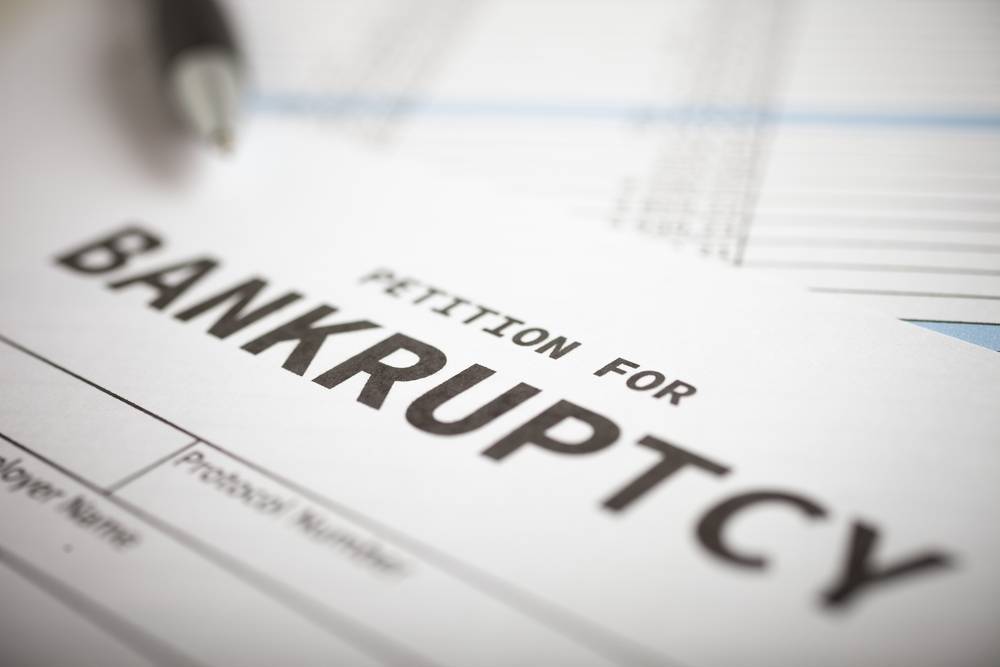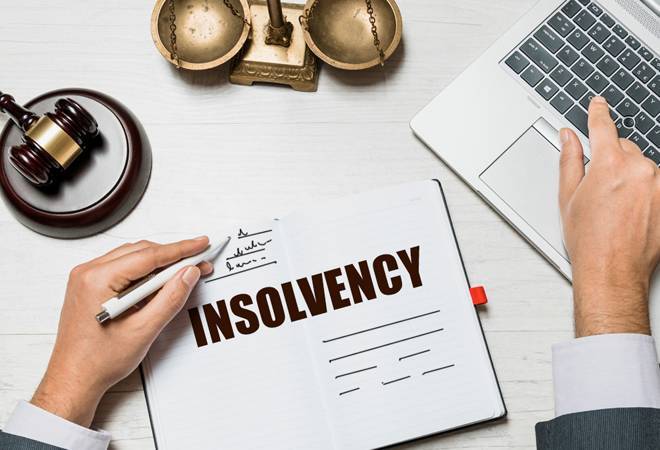
Committee of Creditors Approval in Corporate Insolvency
Insolvency and Bankruptcy Code which came into effect in the financial year 2016, has been the most effective code for the insolvency proceedings in India.
One can even state that the invention of the code has been revolutionary for the banking sector, given, the state of haphazard the industry finds itself.
It can also be maintained that with the advent of the code, the industry saw the demise of the laws for liquidation and insolvency in the Indian bankruptcy regime.
But given that even the IBC brings to the table the option for liquidation, how exactly is the code different from the prior process of liquidation? It is to be noted that the crux of the code encapsulates effective objectives like maximizing the value of assets of a corporate which were barely recoverable under the arcane laws and emphatically easing the businesses by effectively minimizing the financial risk in business.
Thus, it can be effectively stated that the code significantly improves the condition of the financially distressed company by recovering its value through its effective time-bound manner of work.
Even though the IBC helps in the recovery of payments from the defaulter, its main focus is on the relief of the creditors of the company.
It is worth mentioning here that under the Corporate Insolvency Resolution Process, the creditors have placed ion the pinnacle of utmost importance.
Thus, given its newfound, enhanced role, the committee of creditors has been emphatically seen as playing a major role in the regime of insolvency. In fact, If the procedure is to be believed, the committee of creditors wields the utmost power and is effectively considered the supreme decision-making body in the Corporate Insolvency Resolution Process.
Thus, one cannot help but note here that the effective decisions by the committee will affect the resolution of the insolvency of the corporate debtor.
 Under particular regulation 21 of the code, the committee of creditors finds the seed of its formation. According to the code, the committee of creditors shall emphatically and strategically comprise all the financial creditors of the corporate debtor.
Under particular regulation 21 of the code, the committee of creditors finds the seed of its formation. According to the code, the committee of creditors shall emphatically and strategically comprise all the financial creditors of the corporate debtor.
To remove the barrier and the arbitrariness of distinction, the code also effectively makes a clear distinction between the financial creditors and the operational creditors.
If a financial creditor is to be solemnly described, it effectively means anyone to whom the debt along with interest is owed. On the other hand, an operational creditor is one who has debts related to the supply of services and goods.
The power-wielding committee of creditors
As aforementioned, the committee of creditors is described as the supreme decision-making body. Thus, all the major or humungous decisions about the company are effectively taken with the approval of the committee.
Therefore, one can state that the committee of creditors has a humungous authority to affect the insolvency process.
This is also due to the fact that the committee can call the shots on sensitive topics like whether or not to restore the corporate debtor by strategically accepting any resolution plan.
In fact, it is worth mentioning here that the committee of creditors has the supreme power of approving the proposed resolution plan.
This strongly indicates the fact that the committee has an undue influence on the insolvency process, which will be tackled by its whims and decisions, thus, deciding the fate and the regular functioning of the corporate debtor.
 In fact, it is also worth mentioning here that the committee of creditors also enjoys the authority to approach the adjudicating authority.
In fact, it is also worth mentioning here that the committee of creditors also enjoys the authority to approach the adjudicating authority.
This can be done in the case of any foul play event that can be detected by the committee. This emphasizes the fact that the conditions of foul play and what determines it will be emphatically be decided by the committee, which surely puts humungous, undue power in the hands of the committee to sway the decision-making in the insolvency process.
The authority can also be effectively evaluated from the fact that the co9mmitee can also choose to proceed with the liquidation of the corporate debtor by not approving any resolution plan.
Thus, in a gist, it can be stated that the insolvency process depends heavily on the commercial wisdom of the committee while taking any decision for the corporate debtor.
This is because it is staunchly believed that the committee of creditors has better knowledge to mediate and analyze the debilitated situation of the company.
Thus, one can effectively argue that the committed creditors have been vested with immense powers under the insolvency and bankruptcy code 2016. With immense power bestowed on one committee, it can be stated that effects on the resolution of a company under distress can be immense and humungous.
With even a little whimsical attitude, one can conjure that it will have a negative impact on the

financial health of the company that will nonetheless affect the process of insolvency in due course.
But on the other hand, one can also maintain that if the creditors can take absolute control of the
management of the corporate debtor, important decisions and the resolutions plan can be passed in a timely, swift manner which can help recover a larger value of the assets and will thus ease the financial risk in a company.
Thus, if the power is to be used sagaciously and prudently, one can expect such creditor-in-control model management to usher the banking sector into a stronger bankruptcy regime in India.
Tags: corporate debtor, insolvency proceedings in India, company insolvency, committee of creditors, insolvency resolution process, bankruptcy code 2016, liquidation committee, insolvency liquidation, liquidation act, insolvency and liquidation, corporate insolvency resolution process
